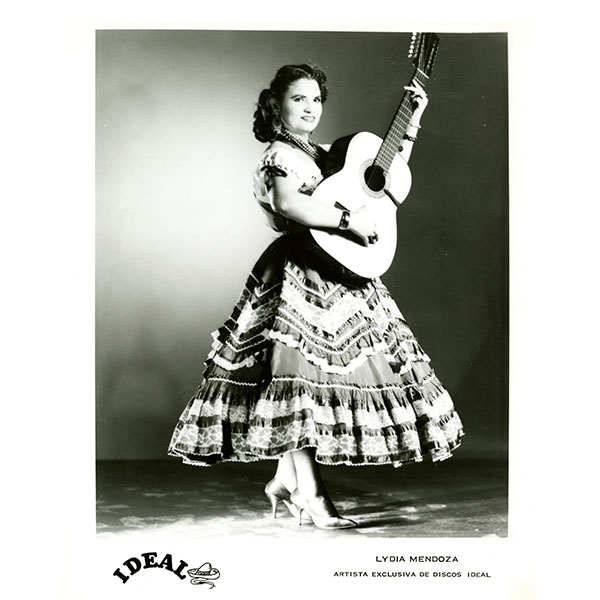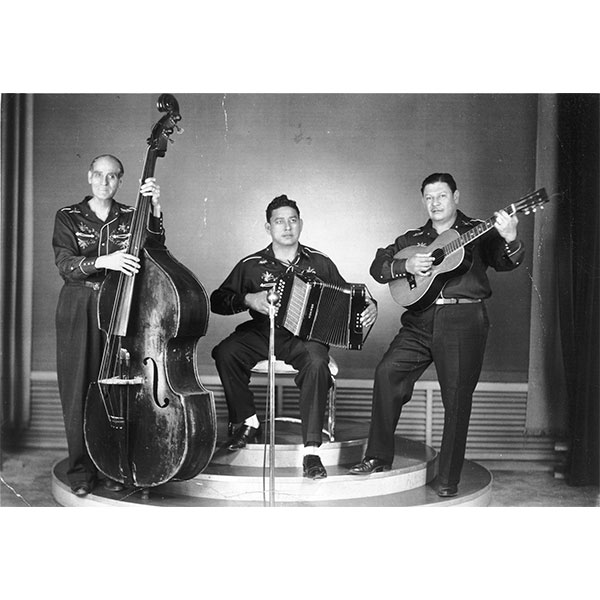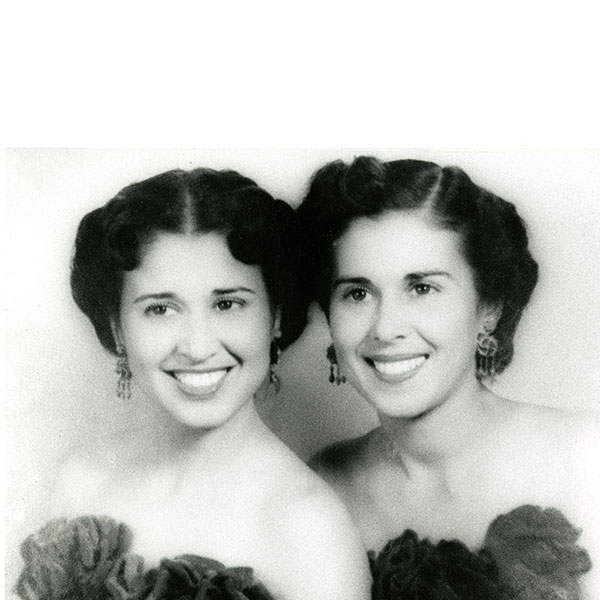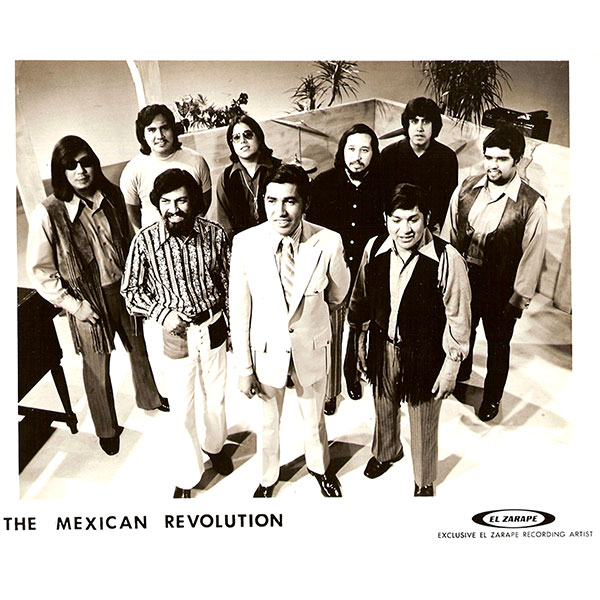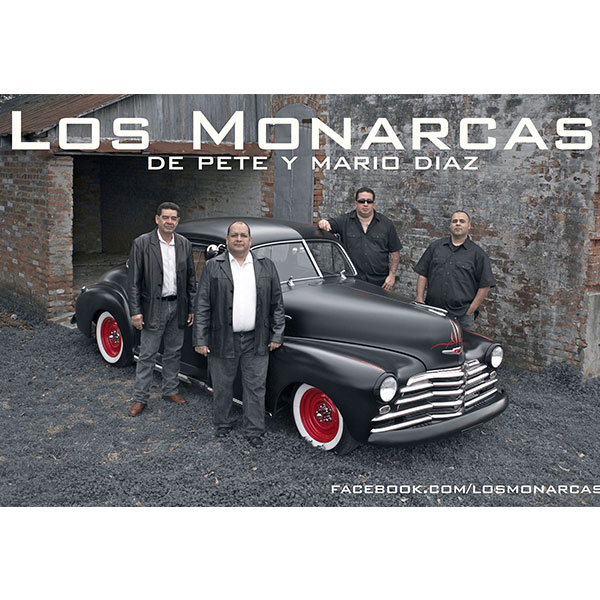Life and death on the Border 1910–1920: Música Tejana
La vida sin música no es vida.
Rooted in Mexican heritage and incorporating styles, beats, and instruments from around the world, música Tejana captures both the history and the enduring passion of the Texas-Mexico border.
Born on the Border
The collection of musical forms, styles, and genres known as música Tejana evolved primarily in South Texas during the 19th century. As immigrants moved into Mexican Texas, they brought their unique musical heritages with them. Over time, the indigenous Mexican music incorporated rhythms from French dance music, German polkas, Latin American mambos, and other European and African traditions. Non-traditional Mexican musical instruments such as the accordion, violin, saxophone, and the 12-string bajo sexto bass guitar became standard accompaniment for soloists or small groups of vocalists.
Texas Mexican music continued to evolve as both a European-influenced and distinctly Tejano form that reflected its border history. Specific musical styles such as corridos (ballads), conjuntos (ensembles), rancheras (rural-life songs), and cumbias (rhythmic dance songs) narrated the lives and challenges of people living along the south Texas-northern Mexico border.
Listen to examples of this rich and diverse musical heritage performed by some of the greats of música Tejana and featured in the exhibition, Life and Death on the Border 1910-1920.
Now Playing...Música Tejana
Lydia Mendoza, "Mal Hombre," 1934
Courtesy Texas Music Museum, Austin
Lydia Mendoza was the most prominent Tejana singer from the 1930s to the 1950s. One of her most popular songs, “Mal Hombre (Evil Man),” speaks candidly about domestic abuse of women.
Santiago Jiménez, "Viva Seguin," 1942
Courtesy University of Texas at San Antonio Libraries Special Collections
Considered one of the “founding fathers” of the popular musical style known as conjunto, Santiago Jiménez, Sr. developed his own unique style of music, which included both Mexican folk music and the polkas and schottisches he learned from local German and Czech accordionists.
Carmen y Laura, "Viva San Diego," ca. 1950
Courtesy Texas Music Museum, Austin
There were a number of female artists who performed rancheras, cumbias, and other popular song styles throughout south Texas. The sister duo, Carmen y Laura (Hernández), from Kingsville, enjoyed tremendous popularity during the 1940s and 1950s.
Ruben Ramos, "El Gato Negro," 1987
Courtesy Arroyo Catclaw Digital Collection
During the Chicano Movement, Ruben Ramos and The Mexican Revolution played the Chicano circuit from Dallas-Fort Worth to the Rio Grande Valley, recording a number of albums. By 1981, "Tejano" had become the new term for this style of music. Ramos changed the band name from The Mexican Revolution to The Texas Revolution, linking the Tejano identity with Texas.
Los Monarcas de Pete y Mario, "Corrido de Gregorio Cortez," 2007
Courtesy Los Monarcas de Pete y Mario Diaz
A corrido, or ballad, is a form of folk song used to tell a story. Although “The Ballad of Gregorio Cortez” recounts a conflict on a Karnes County ranch between Mexican farmers and law enforcement that occurred a century ago, it remains popular throughout the American Southwest and northern Mexico. This is a contemporary recording from the Los Monarcas de Pete y Mario's album, "Las Cuatro Paredes."
